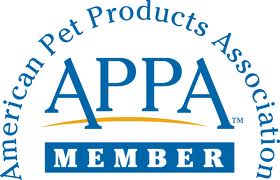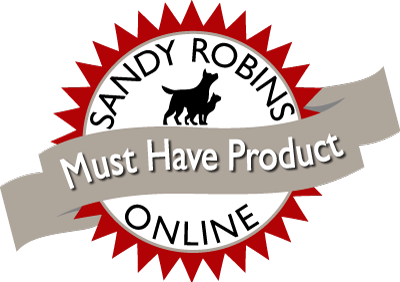Time to forget about Cups (measurement explained) |
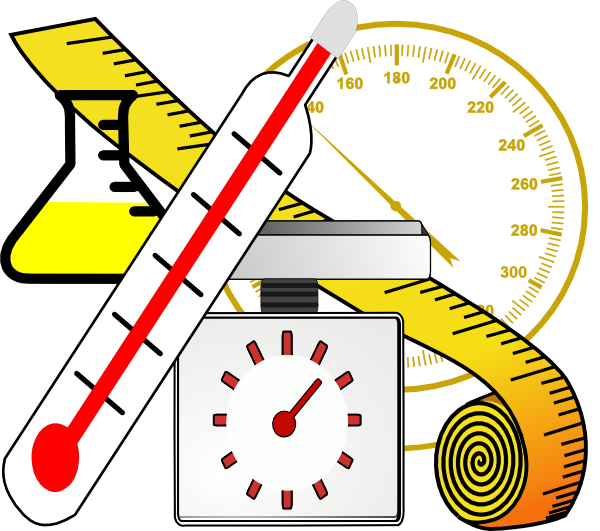
MeasurementThe concept of measurement is quite confusing to many people. The first thing to understand is that there is no such thing as a proper system of measurement. The US measures in inches, pounds and gallons; while other countries prefer the metric system of meters, grams and liters. In the old days, measurements such as bushels, pecks, furlongs and poles were popular. Any system of measurement is equally valid provided it is consistently applied. The same is true for pet food measurement. Many people in the US specify cups as the preferred measure (borrowed from the cooking). However ounces, grams, milliliters and calories are all equally valid measures and used by many people in different countries. When new technologies emerge, new concepts often change the way we measure things. For example before odometers: distance was measured in terms of travel time assuming a method of transportation (e.g. foot/horse/train). When microwave ovens were introduced, cooking became thought of in terms of time, rather than temperature, but not without some consternation. Often there is resistance to such transformations because initially they appear strange and counter-intuitive. However consumers soon adapt to the new concepts like it was always that way! How much do I feed my Pet?Measuring your pet’s food is only part of the equation; you must also figure how much your pet should eat. Although pet food manufacturers suggest a typical portion size, there is a lot of variation between individual animals in terms of age, size, activity and metabolism. Specifying a one size fits all amount is like saying you should eat the same as your next door neighbor - not a very accurate assumption. The Cat Doctor freely admits that vets do not really know how much to feed your pet: they simply make a guess and then weigh your pet every time you come to their office. The guess is then revised based on whether your pet’s weight went up or down. So both your vet’s and the pet food manufacturer’s recommendations are just guesses to be used as a starting point for your trial and error experience. If you think about it, that is exactly the same way you use your microwave oven. Cook for 3 minutes and if it is not ready, then add another minute and repeat until you arrive at the perfect setting. Your microwave oven guide may suggest cooking times for different food types and the box for your TV meal may suggest a cooking time, but usually these guesses will differ from your trial and error experience. |
This is because there is a lot of variation: oven power, size and shape of the food.
However once you have found the right setting you can use it over and over with perfect
results. Of course you have to remember this setting for next time.
Wouldn’t it be great if your microwave oven remembered it for you and better still: could recognize which type of food you are cooking! Such a microwave would always know
how to perfectly cook any type of food regardless of what you put in the oven.
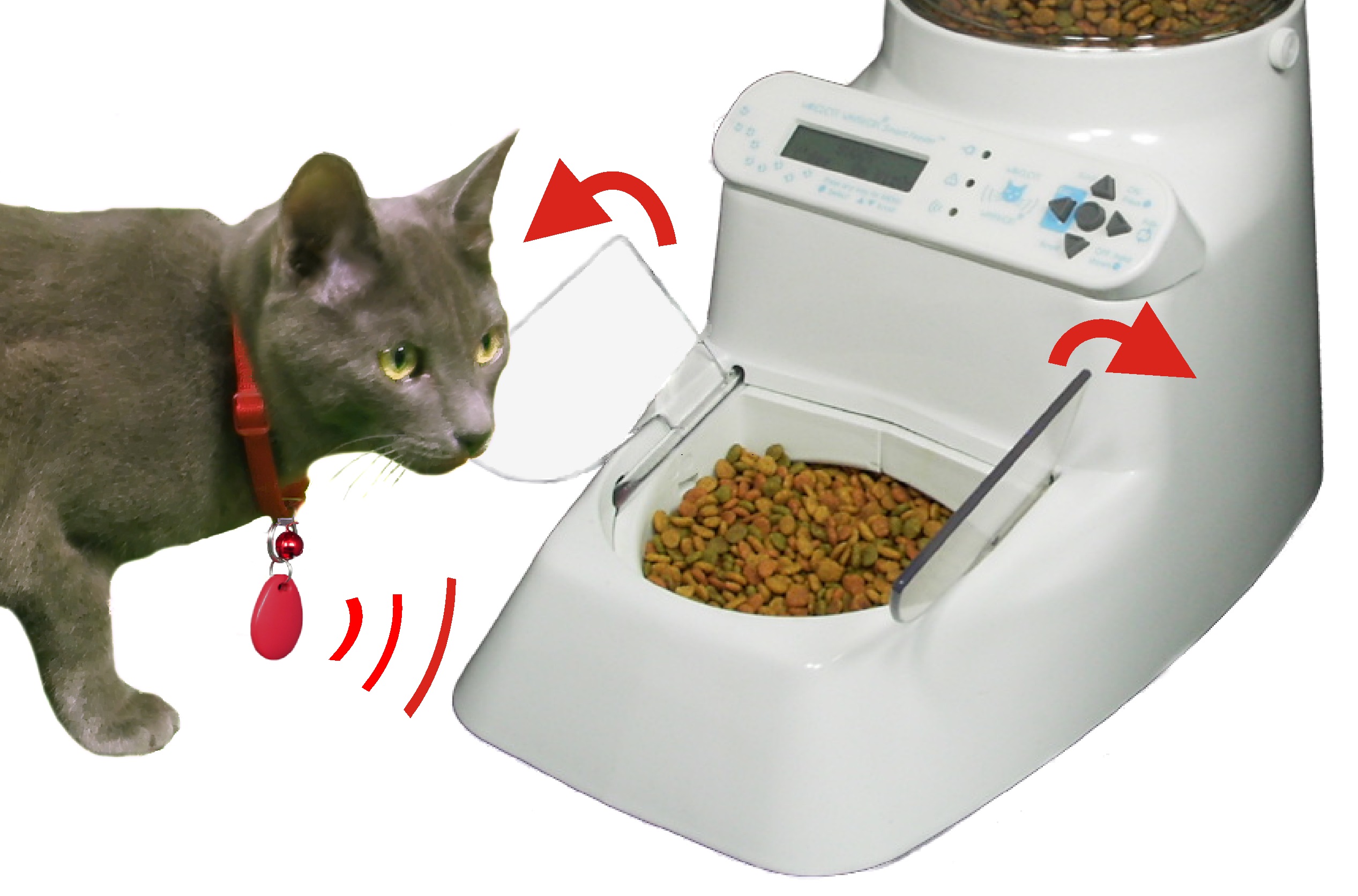
Well thanks to digital and wireless technology that is exactly analogous to how Wireless Whiskers® patented feeder works! A wireless tag is attached to each pets’ collar, so whenever it approaches, the feeder recognizes it by name. Each feeder can individually recognize and manage the diet of up to 8 pets. Over the first 1-3 days of use, the feeder measures how much each pet habitually eats and sets this as its daily allowance. (Analogous to you figuring the perfect microwave cooking time, except the feeder automatically does it for you). In detail what the feeder does is measure the allowance in terms of time. This statistical measurement is performed on an individual basis taking into account all variables such as: the pet’s age, size, metabolism, how fast it eats, size of each mouthful, calorie content of food and so on… (in just the same way as a unique type of TV dinner is very specific). The AutoDiet™ Wizard then takes this data obtained during the calibration period and takes the daily average time spent performing this habitual behavior and automatically sets each pet’s daily allowance. The daily allowance is expressed in terms of time and represented as a percentage of a pet’s habitual behavior: where 100% denotes a pet’s habitual total daily allowance. Normalizing the habitually behavior in this way, creates a simple baseline from which to compare and adjust. This is done all automatically: no fussing with measuring cups, food scales or portion sizes. So although the technical details are a little complicated, the end result is a very simple control system that is customized to each pet on an individual basis. If you want to reduce a pet's allowance by 20% simply set the Adjust AutoDiet™ setting to -20%. How easy is that compared to the old way of figuring what 20% less than 2/3 of a cup is and then accurately dispensing that amount. A common question is what happens if my pet tries to eat fast within the allotted time allowance? In practice this rarely happens because pet cannot predict how long the doors will remain open for in a session. Also since the feeder uses habitual behavior as the baseline, a pet eating for twice as long does not necessarily eat twice as much as another pet

Wireless Whiskers® AutoDiet™ Feeder
Well thanks to digital and wireless technology that is exactly analogous to how Wireless Whiskers® patented feeder works! A wireless tag is attached to each pets’ collar, so whenever it approaches, the feeder recognizes it by name. Each feeder can individually recognize and manage the diet of up to 8 pets. Over the first 1-3 days of use, the feeder measures how much each pet habitually eats and sets this as its daily allowance. (Analogous to you figuring the perfect microwave cooking time, except the feeder automatically does it for you). In detail what the feeder does is measure the allowance in terms of time. This statistical measurement is performed on an individual basis taking into account all variables such as: the pet’s age, size, metabolism, how fast it eats, size of each mouthful, calorie content of food and so on… (in just the same way as a unique type of TV dinner is very specific). The AutoDiet™ Wizard then takes this data obtained during the calibration period and takes the daily average time spent performing this habitual behavior and automatically sets each pet’s daily allowance. The daily allowance is expressed in terms of time and represented as a percentage of a pet’s habitual behavior: where 100% denotes a pet’s habitual total daily allowance. Normalizing the habitually behavior in this way, creates a simple baseline from which to compare and adjust. This is done all automatically: no fussing with measuring cups, food scales or portion sizes. So although the technical details are a little complicated, the end result is a very simple control system that is customized to each pet on an individual basis. If you want to reduce a pet's allowance by 20% simply set the Adjust AutoDiet™ setting to -20%. How easy is that compared to the old way of figuring what 20% less than 2/3 of a cup is and then accurately dispensing that amount. A common question is what happens if my pet tries to eat fast within the allotted time allowance? In practice this rarely happens because pet cannot predict how long the doors will remain open for in a session. Also since the feeder uses habitual behavior as the baseline, a pet eating for twice as long does not necessarily eat twice as much as another pet
(since they all have different size mouths, eating speeds etc.).
However the SAME pet will predictably eat 20% less if you reduce its feeding time by 20% because pets are habitual and eat at the same rate.
They do not know when the are going to be cut off or how many portions they will get in a day (up to 24) or how this will be spread.
The doors open and close based on a combination of the daily allowance and the portion control feature that spreads the allowance throughout the day to prevent
gorging.
This is much too complicated for a pet to comprehend (and some humans for that matter), so they tend not to try to defeat the feeder. Also the AutoDiet™ Wizard takes into
account the eating speed of each pet during calibration. This usually does not change but if you find that a pet’s eating habits have changed you simply re-run the
AutoDiet™ calibration to calibrate this out. It does not matter how fast your pet tries to eat, they cannot outpace the feeder’s ability to cut them back to their
set allowance. The feeder always prevents pets from exceeding their allowance, unless the owner overrides this with the Adjust AutoDiet™ setting.
It is possible to convert cups to equivalent time used by Wireless Whiskers® feeder (see the owner’s manual for details), but there really is no benefit and it adds unnecessary complication. As we explained at the beginning the unit of measure is not important. It’s time to forget about cups! After all it is the 21st century. Once you start using the AutoDiet™ Wizard you will wonder why anyone would do it any other way!
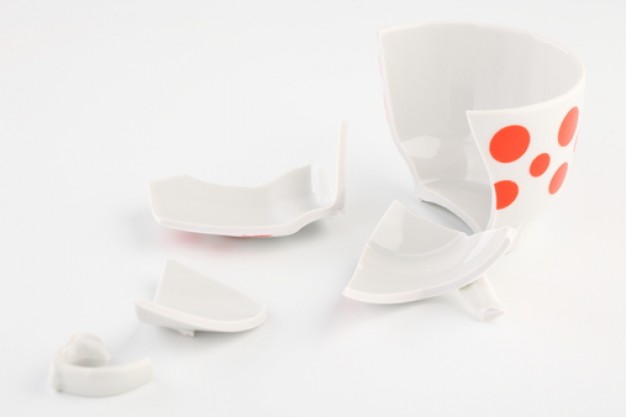
The smart feeder has a lot of other features to help manage your pet’s diet. For example it can Automatically put Pets on a Diet and even alerts you if a pet is underfeeding (a common early warning sign of illness). It is useful not only for segregating cat and dog food, but also allows you to feed prescription food to special need pets. The smart feeder also has a lot of other features that help manage your pet’s diet. For example the Portion Control feature has 5 programs that spread the allowance over the day in up to 24 portions to prevent gorging. Any time your pet eats too fast, the doors close and the feeder displays “Sorry! No More Until Later”. You can also prevent feeding during the night hours and the feeder even alerts you if a pet is underfeeding, a common early warning sign of illness. For pets that need special prescription diets the feeder can be used to selectively feed specific food types to specific pets. Wireless Whiskers® is undoubted the most advanced pet feeder available today and solves even the most of the most difficult pet management problems elegantly.

More capability and features than any other pet feeder
The smart feeder has a lot of other features to help manage your pet’s diet. For example it can Automatically put Pets on a Diet and even alerts you if a pet is underfeeding (a common early warning sign of illness). It is useful not only for segregating cat and dog food, but also allows you to feed prescription food to special need pets. The smart feeder also has a lot of other features that help manage your pet’s diet. For example the Portion Control feature has 5 programs that spread the allowance over the day in up to 24 portions to prevent gorging. Any time your pet eats too fast, the doors close and the feeder displays “Sorry! No More Until Later”. You can also prevent feeding during the night hours and the feeder even alerts you if a pet is underfeeding, a common early warning sign of illness. For pets that need special prescription diets the feeder can be used to selectively feed specific food types to specific pets. Wireless Whiskers® is undoubted the most advanced pet feeder available today and solves even the most of the most difficult pet management problems elegantly.






